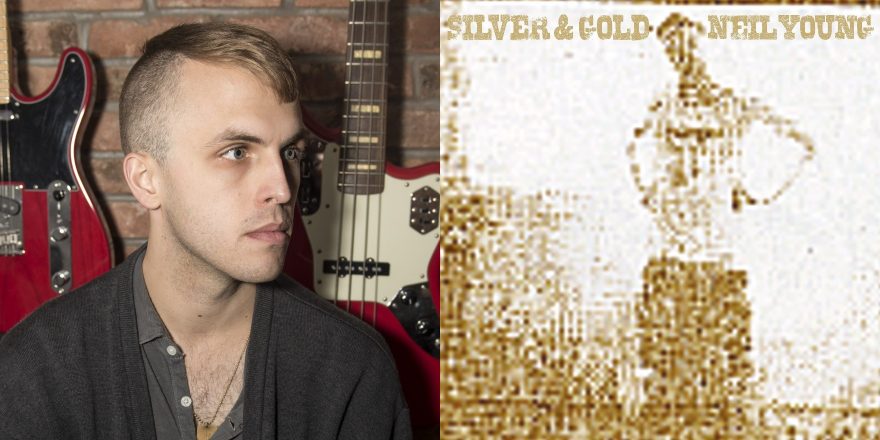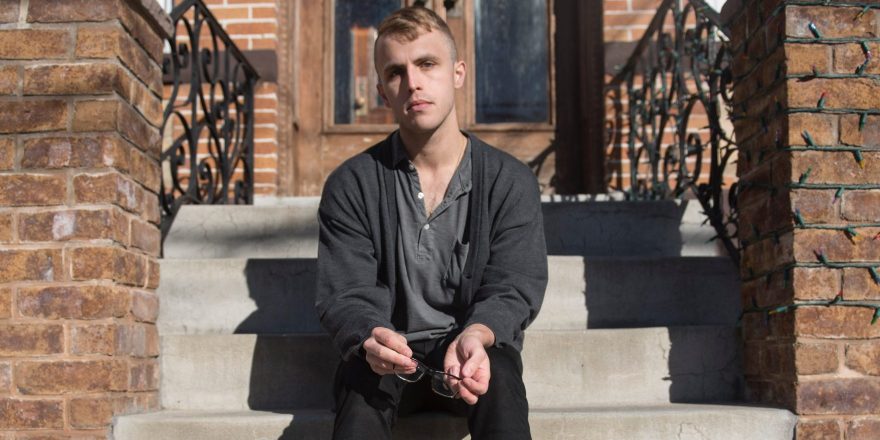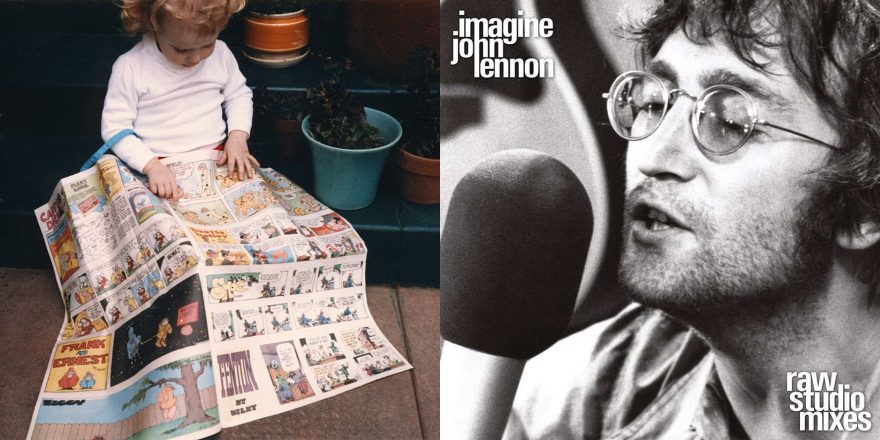My wife Brenna and I have been married for a year and a half, and we recently bought a house two hours away from her family and 3,000 miles from mine. While we’re grateful and somewhat dumbstruck to have joined the middle class, we sometimes struggle with a sense of disconnection and dislocation in suburban climes. Which goes doubly right now as the coronavirus pandemic keeps us and so many others inside.
With our loved ones unavailable in person, Brenna and I take connection and grounding wherever we can get it. Every weekend, we do about all we can do to fight the isolation: get in the car, find a secluded back road near some rusted-out barns, and burn some daylight. Nine times out of ten, we reach for a Young album that isn’t mentioned much these days.
Out of all his albums, Young’s homey 2000 album Silver and Gold is a balm for right now. Featuring slide guitarist and pedal steel player Ben Keith, pianist and organist Spooner Oldham, bassist Donald “Duck” Dunn, drummers Jim Keltner and Kenny Buttrey, and guest vocalists Linda Ronstadt and Emmylou Harris, the album is preoccupied with the passage of time, the importance of family bonds and the eternal nature of true love.
Despite its deeply probing songs, like “The Great Divide,” “Red Sun” and “Horseshoe Man,” Silver and Gold is not among Young’s most cherished works. For one thing, it was sandwiched between 1996’s Broken Arrow, a brittle late-period album with Crazy Horse, and 2002’s Are You Passionate?, a mismatched team-up with Booker T. and the M.G.s. And, as Young freely admitted, some of its songs had been kicked around since the 1980s — which, to some, meant he was creatively running out of gas.
But to call Silver and Gold a junk drawer of orphaned songs would be to misunderstand its character. Take the title track, a devotional to Young’s then-wife Pegi that he’d tried and failed to capture since 1981. Finally, one day, “[I] just sat down with my guitar and played it and said, ‘That’s it,’” he said in a 2000 interview with KGSR. “I love the song and I feel the song now and it means something to me now.” Because it marinated in meaning for so long, the song’s final take is spellbinding.
That’s the point of Silver and Gold: it never rushes, it lingers. My dad bought the album when it came out and it never really left rotation for him. When the cavalry arrived for one of his countless cookouts, “Good to See You” blared through his giant, goofy surround sound system. Now he’s gone and the house is sold, but today, on the other side of the country in a house he never got to visit, the song sounds like he’s saying hello.
To say nothing of “Daddy Went Walkin’,” Young’s half-remembered memory of his father, Scott Young, cutting through brambles and tooling around in the Ontario wilderness. The band barely touches their instruments, playing as if they’re casting shadows on a wall, and Young recites intimate details as if unlocking a memory box. Brown leather boots and an old straw hat. He got a little dirty, but that’s alright. Hey now, hey now.
The album crests with the mesmerizing, wavelike “Razor Love,” a hushed ode to devotion that “cuts clean through” any trial or circumstance. I remember listening to the murmured closer “Without Rings” on a Yamaha boombox while cross-legged in the dark, pondering Young’s quizzical images of space aliens and wingless angels.
So concludes an album that’s seemingly all string-rattles and scraped cymbals; a waking dream that collects and dissipates. The mosaic-like cover art was shot by Young’s daughter Amber with a Game Boy Camera, encapsulating the album’s themes of family bonds and fragmented memories. “Relationships are more important than material things,” Young later told the fansite Thrasher’s Wheat. “I have so many possessions it’s ridiculous. But it’s dawning on me how useless most of them are.”
At some point, things will loosen up, and Brenna and I will be able to see our families again. And as the years go by in Hackensack, our neighborhood will feel more like home, and there’ll be less to pine for and more to savor in our personal lives. But for now, Silver and Gold makes me treasure what we have when we’re lost and don’t know where love is.







